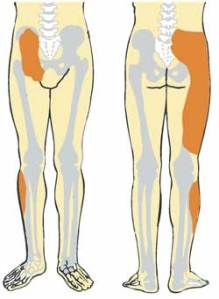On August 20, 2011 Dr. Schultz presented a Stem Cell Therapy Lecture to the Florida Academy of Pain Medicine.
The lecture highlighted the clinical results of a recent study conducted at the Centeno-Schultz Clinic that examined the effectiveness of culture expanded stem cell treatments in patients with hip and knee osteoarthritis.
148 knee patient and 54 hip patients participated in the study. These patients sought alternatives to knee and hip replacements. Many of the patients were frightened by the complications associated with joint replacement surgery.
The study demonstrated that culture expanded stem cells injected into either the knee or hip-joint were associated with better improvement in pain and function when compared to untreated controls.
The different outcomes between hip and knee patients have been previously discussed on the Regenexx blog.
Culture





